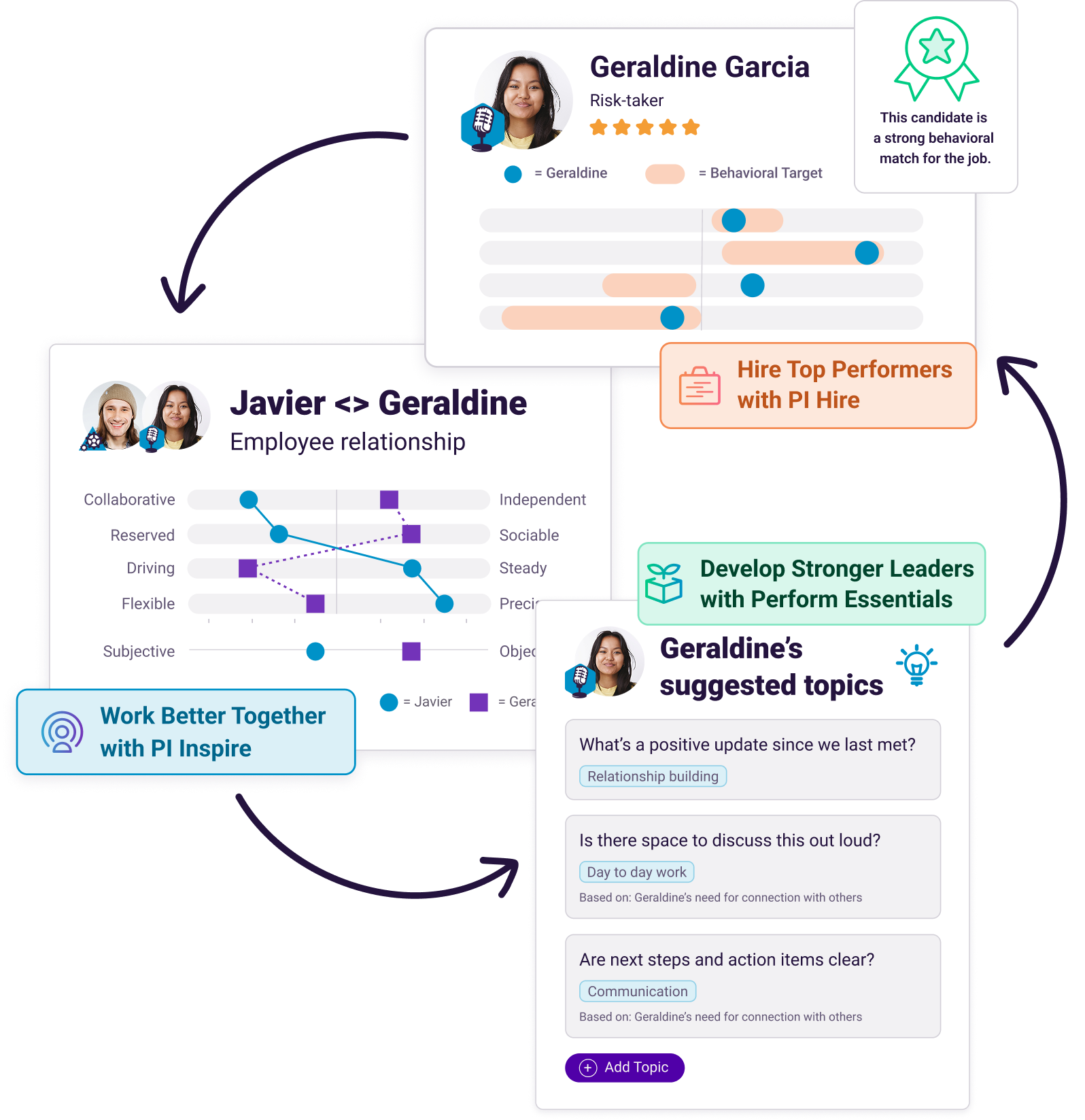Negative feedback can inhibit your team’s creativity. Employees who receive criticism from a boss or a peer will become less creative, according to a study in the Academy of Management Journal. However, employees who receive negative feedback from a colleague with a lower rank will often become more innovative, the study finds.
Here are five ways managers can give direct reports feedback that won’t impede innovation while also encouraging team members to offer feedback to each other—regardless of their rank or title.
Call it what it is: feedback.
Trust is the most important element for giving feedback. “Without trust, feedback will land badly, even if it’s being delivered by someone junior,” said executive coach Caroline Stokes, author of “Elephants Before Unicorns”. Too often, managers try to disguise or sugarcoat their criticism. Instead, Stokes recommends clearly stating that you want to give someone feedback that will benefit their career. Try this statement, crafted by Ivy League psychologists: “I’m giving you these comments because I have very high expectations and I know that you can reach them.”
Join 10,000 companies solving the most complex people problems with PI.
Hire the right people, inspire their best work, design dream teams, and sustain engagement for the long haul.
Deliver it in the moment.
If the only time you talk with your direct reports is to criticize them, chances are your employees will stop taking risks. “Feedback that’s given in the moment is more effective than delivering a list of 10 problems you’ve seen in the last month,” said Kathleen Landers, Owner and Director of Sequence Counseling and Consulting Services. “Keep it small and in the context of whatever is being worked on in the moment,” she said. It’s also best to give feedback in private and when neither of you is feeling the pressure of a pending deadline.
Point out the positive.
Often we focus on negative feedback, rather than using positive reinforcement. “Reframe feedback to amplify the behavior you want to see more of,” said Danielle Beauparlant Moser, executive talent management consultant with Right Management–ManpowerGroup. For instance, rather than telling an employee her presentation could have been better, focus on the parts of the presentation that worked the best, giving concrete examples of why those slides were easier to understand. You could say, “The first three slides in your presentation were really easy to understand because the data was clear and you provided the audience with context that explained the larger significance.”
Model receiving feedback.
If you want your team members to feel comfortable offering feedback, regardless of their title, you need to create an environment where they feel safe sharing their ideas and concerns. “Consider the difference between the production lines at Saturn and Boeing,” Moser offered. “At Saturn, anyone on the assembly line could press a button to stop the production line if they saw a problem. Meanwhile, there are reports that when Boeing production line employees raised problems, management ignored them.”
It’s important that managers model how to receive feedback. You can’t just tell your employees to give each other feedback then brush off the feedback you receive. “If you want people to accept feedback from different levels, show that you can accept that feedback too,” Landers said.

Constantly encourage feedback.
“Remind less-experienced staff that they don’t need experience and knowledge to use their tools of observation and intuition,” Lander said. Explain that while they might not be an expert right now, you want them to become one, and providing feedback will help them grow—both personally and professionally.
Continue to encourage employees to share their opinions even if they’re slow to offer them. Don’t just ask once. “If you ask for feedback in a meeting, the next time you meet, ask again,” Landers said. Make it clear to your direct reports that you value their unique perspective.
Giving and receiving feedback can be tough. As the authors of “Thanks for the Feedback” say, “Receiving feedback sits at the junction of two conflicting human desires. We do want to learn and grow. And we also want to be accepted just as we are right now.” My hope is that these five tips help you provide your employees with feedback that is both constructive and allows creativity to thrive.








